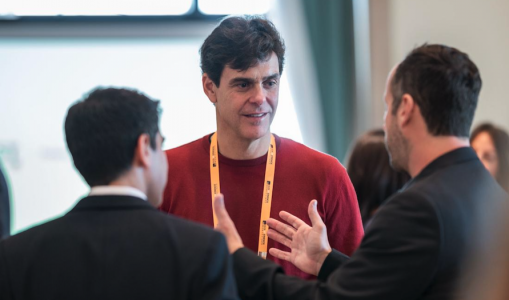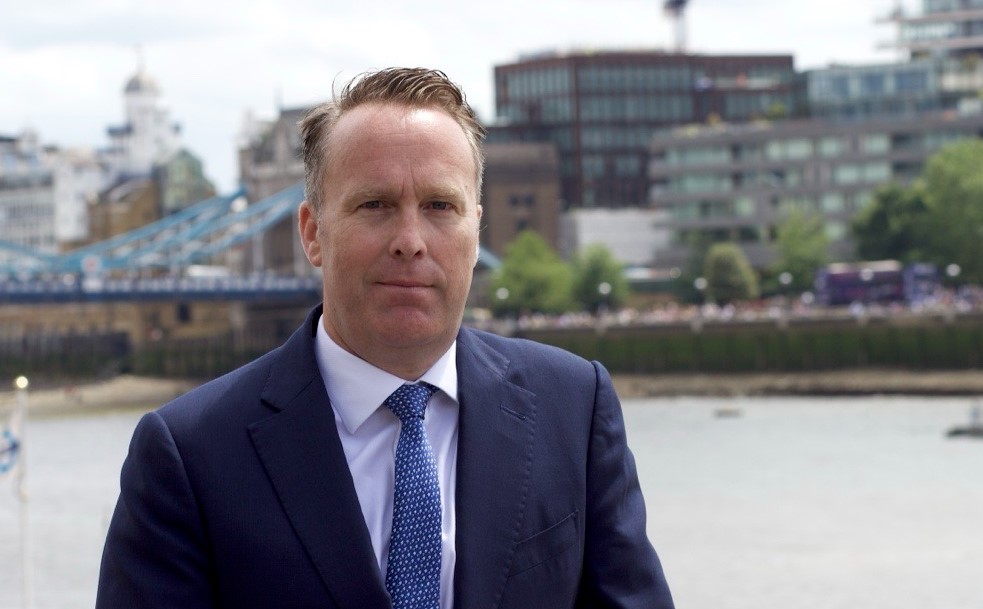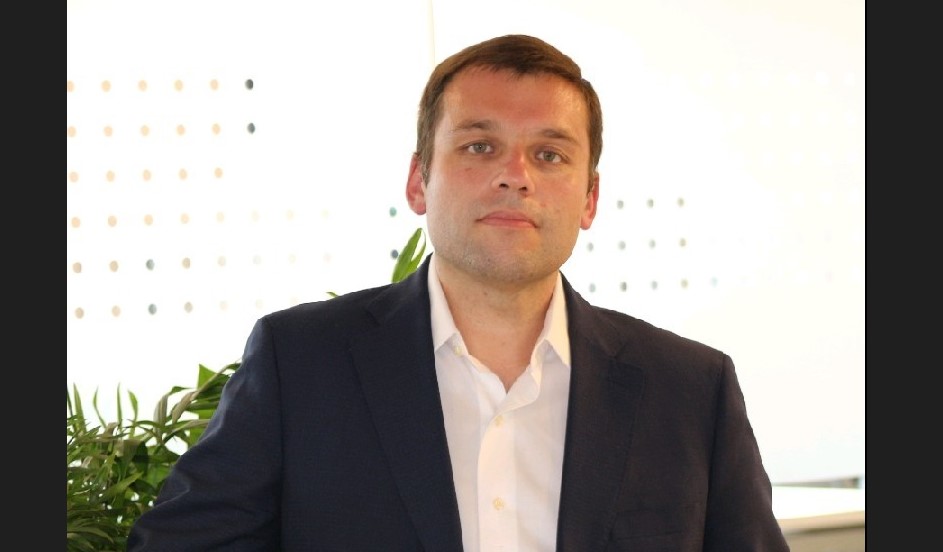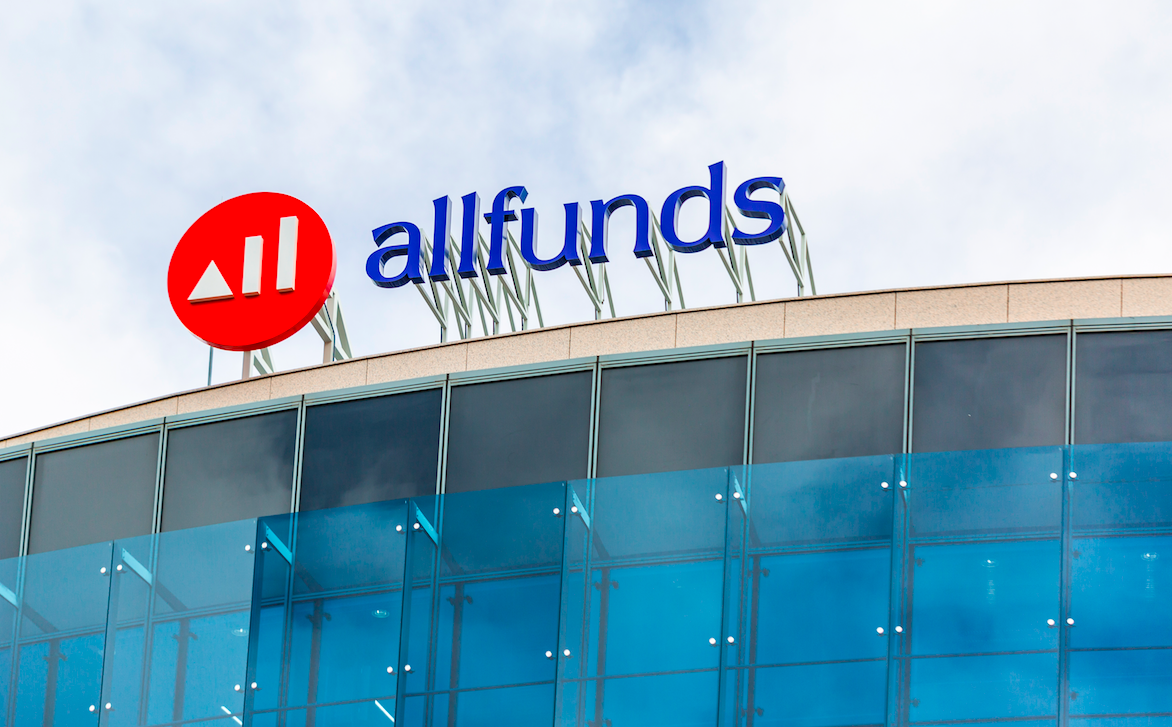
After analyzing the perspectives that asset managers have for the second half of the year, it’s time to ask them about the asset allocation they prefer. We start from a market context that is still anticipating central banks to cut interest rates, especially the Fed. The fact that they have lowered market and investor expectations in this regard has created quite a bit of dispersion in identifying which assets should not be missed from now until December.
According to Dan Scott, head of multi-assets at Vontobel, the second half of the year presents some positive aspects: the resilience of the US consumer, China’s fiscal stimulus, and the incipient recovery of the eurozone contribute to a moderate but steady economic expansion that is likely to continue until the end of 2024.
“However, these positive prospects are not without risks. One of our main concerns is whether interest rates will remain too high for too long, ultimately causing some disruption. In the US, an increase in delinquencies on credit cards and auto loans is already being observed. The continued increase in provisions for bad loans related to the US commercial real estate sector is also a clear indicator that cracks are gradually appearing and will require a policy response,” warns Scott.
Fixed Income
This period of waiting concerning central banks makes one of the most complex allocations to make in fixed income, where durations and maturities have become key tools for investors. In this regard, Kevin Thozet, a member of Carmignac’s Investment Committee, highlights that in public debt, maturities up to two years are favored. “Longer-term rates could yield less, given the optimistic trajectory of disinflation and the increase in public debt at a time when monetary authorities are trying to make safe cuts and reduce their balance sheets. In credit markets, premiums are not far from previous or historical lows,” says Thozet.
According to the Carmignac expert, historically, the combination of low bond yields and low credit spreads has been disadvantageous for the asset class, but the current higher-yield environment means that credit spreads act as a boost to investor returns and a cushion for volatility.
“Fixed income investors were too exuberant about rate cuts earlier this year, but now that markets are not aggressively predicting cuts, fixed income yields are more attractive,” says Vince Gonzales, portfolio manager of the Short-Term Bond Fund of America® at Capital Group. In his view, bonds remain fundamental as economic growth slows and can provide a strong counterbalance to stock market volatility.
Additionally, Gonzales adds that “given the recent tightening of corporate bond spreads, we are seeing better opportunities in higher-quality sectors with attractive yields, such as securitized credit and agency mortgage-backed securities (MBS).” According to his view, mortgage bonds with higher coupons are especially attractive. “These bonds are unlikely to be refinanced before maturity, given current mortgage rates of around 7%,” he notes.
On the other hand, Jim Cielinski, Global Head of Fixed Income at Janus Henderson, acknowledges that the fixed income market is currently very different from a few years ago: “Yields are at levels that typically pay well above inflation and offer the prospect of capital gains if rates fall. Those seeking attractive yields can start here. We see solid prospects for both healthy income and some additional capital appreciation in the next six months.”
According to his stance, they prefer European markets to US ones, as they believe the relatively weaker European economy offers more visibility of a lower rate trajectory. “With an economic backdrop of resilient but moderate growth in the US, a revival of the European economy, and less pessimism about China’s economic outlook, there is a chance that credit spreads will narrow. Among corporate sectors, we continue to prefer companies with good interest coverage ratios and strong cash flow, and we see value opportunities in some areas that have been disadvantaged, such as real estate equities,” says Cielinski.
Additionally, the expert acknowledges that credit spreads as a whole are close to their historical levels, which he believes leaves little room if corporate prospects worsen. “With this in mind, we see value in diversification, especially towards securitized debt, such as mortgage-backed securities, asset-backed securities, and collateralized loan obligations. In this case, misconceptions about these asset classes, combined with the aftermath of rate volatility, have made spreads and yields offered appear attractive. Yields in the securitized sectors are more attractive in historical terms, and they are more likely not to be affected by a more severe slowdown,” he concludes.
Don’t Forget Equities
Wellington Management argues that their position is to continue overweighting equities. “The global economy is growing steadily, and the risk of recession has faded, with strong and continuous US economic growth and an increasing momentum of global growth. Although disinflationary pressures have stalled in recent months, especially in the US, we still believe that rates have peaked in this cycle and expect a relaxation of monetary policy in the next 12 months,” explains Wellington Management’s multi-asset strategy team.
Consequently, they add, this makes them prefer the US and Japan over Europe and emerging markets. “We consider the former as our main developed market due to the macroeconomic context and our confidence in the potential of AI to continue underpinning earnings growth. We have a moderately overweight view on Japan and remain skeptical of a material improvement in China, given the real estate and consumer confidence issues,” they add.
“Conditions appear favorable for US and Japanese equities to extend their good streak. The solid growth and healthy earnings of the former, coupled with the structural drivers and corporate reforms of the latter, partly justify the increased valuations in these regions, but not entirely; thus, especially in the US, we are going beyond the hottest areas of the market to uncover opportunities. Mid-cap stocks offer solid long-term growth potential at reasonable prices and should also withstand higher rates,” adds Henk-Jan Rikkerink, global head of Solutions and Multi-Assets at Fidelity International.
For its part, abrdn has also increased its conviction in developed market equities, which will benefit from interest rate cuts and solid corporate fundamentals. “The Japanese equity market remains particularly interesting, as its companies are increasingly focusing on shareholder profitability thanks to a cultural shift in buybacks and corporate governance in general. The Japanese market has exposure to a variety of companies well-positioned to benefit from demand for both artificial intelligence and the green transition. We also find European and British equities interesting, given the recovery in activity, valuations, and (at least in the case of the UK) the potential return to a more stable political environment,” says Peter Branner, Chief Investments Officer at abrdn.
On the other hand, Branner believes that Chinese equity valuations seem attractive but face the country’s real estate market problems. “The Indian market should benefit from strong growth and structural reforms, but Narendra Modi’s reduced government majority may limit the scope of the country’s reform agenda, and valuations already discount a lot of good news,” adds the CIO of abrdn.
Alternatives and Currencies
Finally, Branner acknowledges that they have improved their view of the alternatives segment after two years of underweighting. “Rate cuts, limited supply, and strong rental growth mean that the valuation adjustment is largely complete. Structural factors favor the residential sector, data centers, and logistics,” he highlights.












